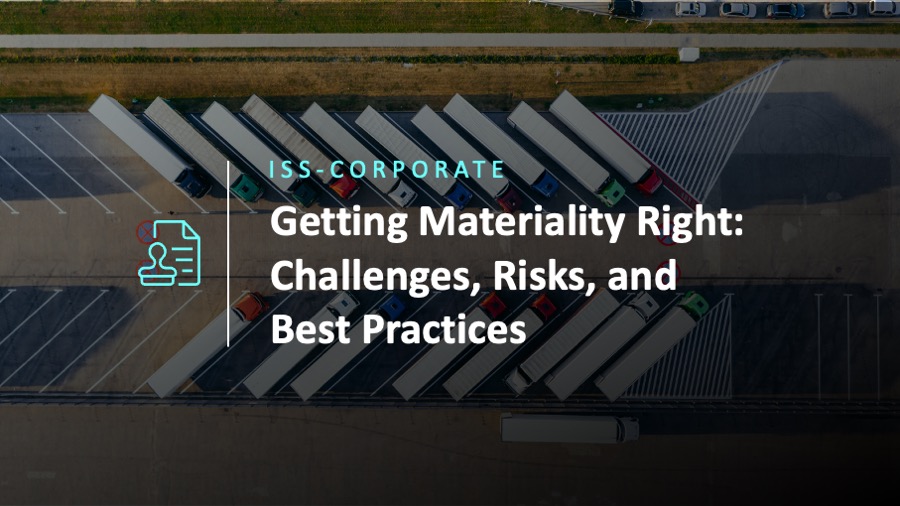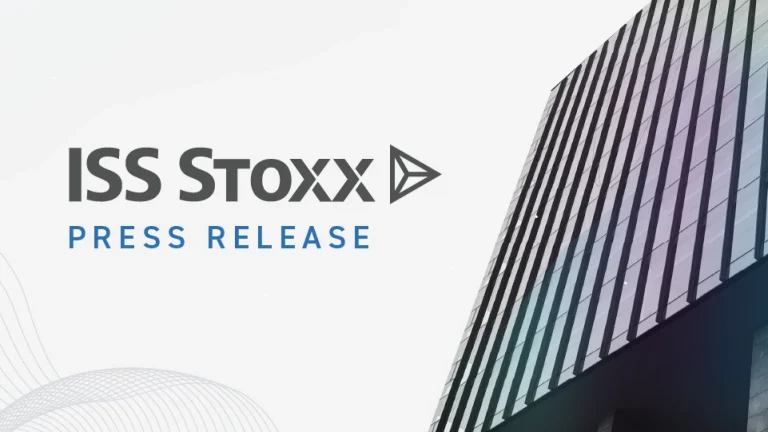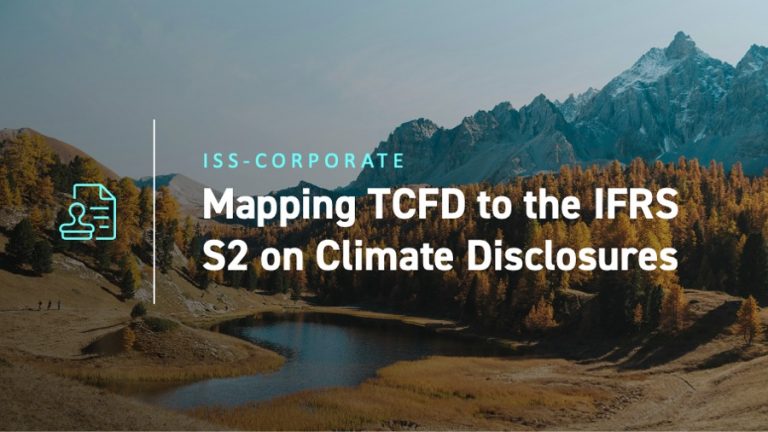Below is an excerpt from ISS-Corporate’s recently released article “Getting Materiality Right: Challenges, Risks, and Best Practices”. The full article is available on ISS-Corporate’s resources page.
Materiality assessments are not new: for years, they have served as a fundamental tool for organizations seeking to identify and prioritize the sustainability issues most relevant to their business. Beyond informing reporting, they have played a strategic role – shaping decision-making, guiding resource allocation, and strengthening stakeholder relationships. By identifying issues that matter most, they enhance organizational resilience, stakeholder trust, and long-term value.
As sustainability becomes more central to business strategy, the importance of materiality assessments has grown. While recent developments in frameworks like the European Union’s European Sustainability Reporting Standards (ESRS) and the International Sustainability Standards Board’s Sustainability Disclosure Standards (ISSB-SDS) have formalized the practice, they have also raised the bar. They have introduced more rigorous expectations around identifying material sustainability topics, with the aim of creating a more consistent, comparable and forward-looking approach to sustainability disclosures.
While materiality assessments offer their strategic value, they are often complex and resource intensive. Practitioners frequently cite challenges such as time-consuming stakeholder engagement, methodological ambiguities, fragmented data, and difficulties with integrating results from complex group structures. Below, we explore these challenges in more detail and propose practical strategies for companies to address them.
By:
Valeria Daza Morelli, Associate Vice President, Sustainability Product, ISS-Corporate




